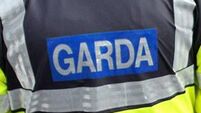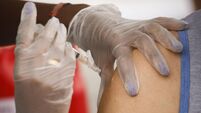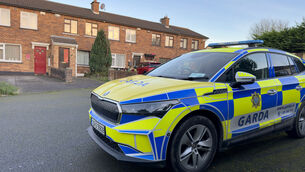Smile could help identify autism risk
People with autism often struggle to read other people’s emotions and their brains process facial expressions differently to those without autism.
Now researchers at the University of Cambridge have found that siblings of those with autism show similar brain patterns when viewing facial expressions.
The findings could help scientists locate a “biomarker”, used to identify genes linked to an increased familial risk of autism.
Michael Spencer, who led the study from the university’s autism research centre, said: “The findings provide a springboard to investigate what specific genes are associated with this biomarker.
“The brain’s response to facial emotion could be a fundamental building block in causing autism and its associated difficulties.”
The study compared 40 families that had both a teenager with autism and a sibling without with 40 teenagers with no family history of autism.
By comparing the brain’s activity when viewing a happy versus a neutral face, the scientists were able to observe the areas within the brain that respond to this emotion.
Even though siblings of those with autism did not have a diagnosis of autism or Asperger syndrome, they had decreased activity in various areas of the brain.
In a family where one child already has autism, the chances of a subsequent child developing autism are at least 20 times higher than in the general population — but the reason for this increased risk is unknown.
Explaining why only one of the siblings might develop autism when both have the same biomarker, Dr Spencer said: “It is likely that in the sibling who develops autism, additional as yet unknown steps — such as further genetic, brain structure or function differences — take place to cause autism.”
The study has been published in the journal, Translational Psychiatry.












